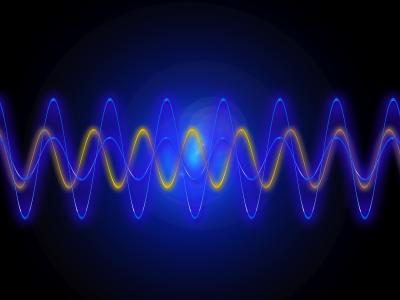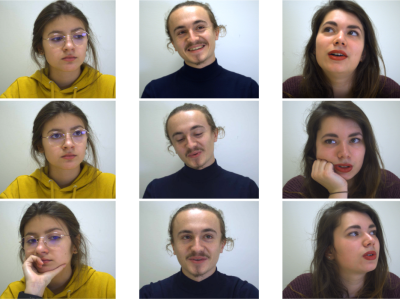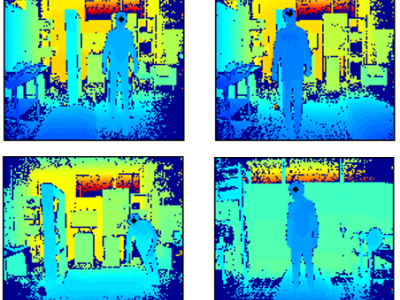S21 measurement data inside a mode stirred reverberation chamber

- Citation Author(s):
-
Ahmed Hussain
- Submitted by:
- Ahmed Hussain
- Last updated:
- DOI:
- 10.21227/ahmq-bh76
- Data Format:
 165 views
165 views
- Categories:
- Keywords:
Abstract
Reverberation chamber (RC) is a metal cavity which is often used for EMC measurements. During the last couple of decades, RC has proved to be a useful tool for Over-the-air (OTA) measurements such as antenna efficiency, diversity gain, etc. A well stirred RC produces Rayleigh fading environment which is considered as a common test environment for testing and simulating performance of wireless devices such as mobile phones in GSM, WCDMA, UMTS and LTE frequency ranges. Studies have shown that OTA characterization of wireless devices inside RC in terms of OTA throughput, TIS (Total Isotropic Sensitivity) and TRP (Total Radiated Power) have very good agreement with OTA measurements inside Anechoic chambers.
The given dataset is a callibration data, i.e. S-parameters measured using Vector Network Analyzer (VNA). More specifically, the dataset consists of only S21 measured between two calibrated antennas inside RC. The RC has several mode stirrers and there is no direct line-of-sight between the two antennas. The measurement is done using stepped stirring configuration meaning that the stirrers were static when VNA was sweeping thru the frequency range. The measurements were divded into 3 parts due to the limited frequency of operation of callibration antennas, i.e. 0.5 - 2.0 GHz, 2.0 - 6.0 GHz and 6.0 - 50.0 GHz. The data set may be extended up to 67 GHz in the future. We have measured 600 samples per frequency point and the measurement resolution is 1 MHz.
Instructions:
The data set contains measured S21 between two callibrated antennas inside RC. The data is measured at three different heights (top, middle, bottom) and three different polarizations (0, 45, 90 degrees for rectangular horn or 0, 120, 240 degrees for circular horn) for each frequency point. There are 600 measured samples at each frequency point. At lower frequencies, i.e. 0.5-6.0 GHz there are 150 samples measured at 4-port antenna, i.e. 150x4 samples = 600 samples. At high frequencies, i.e. above 6 GHz there are 600 samples measured on one antenna. The data is stored in csv format.








